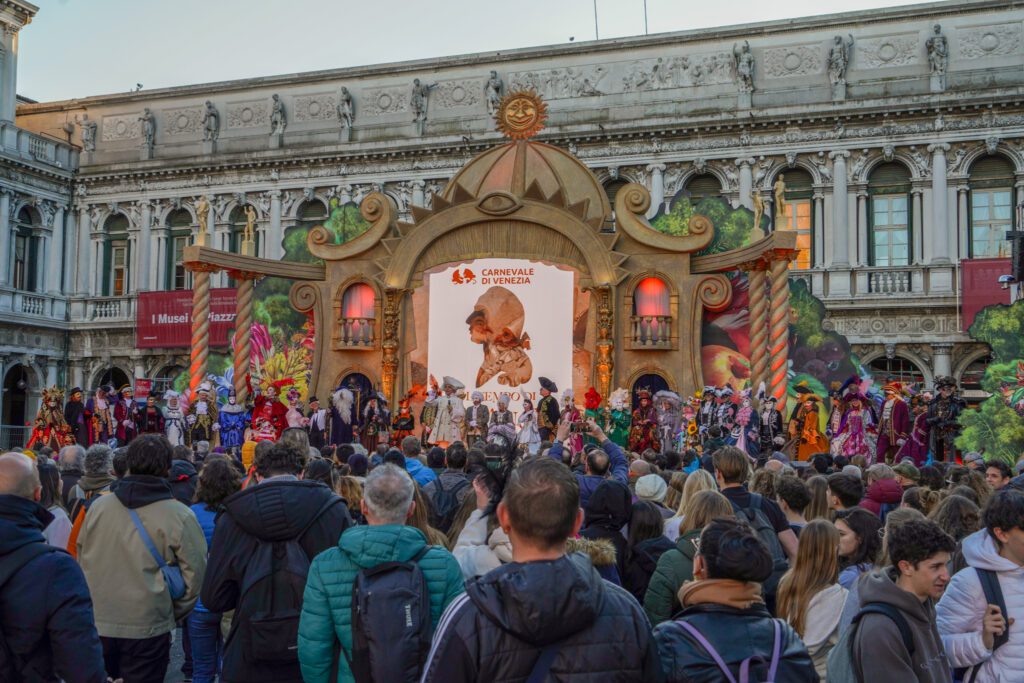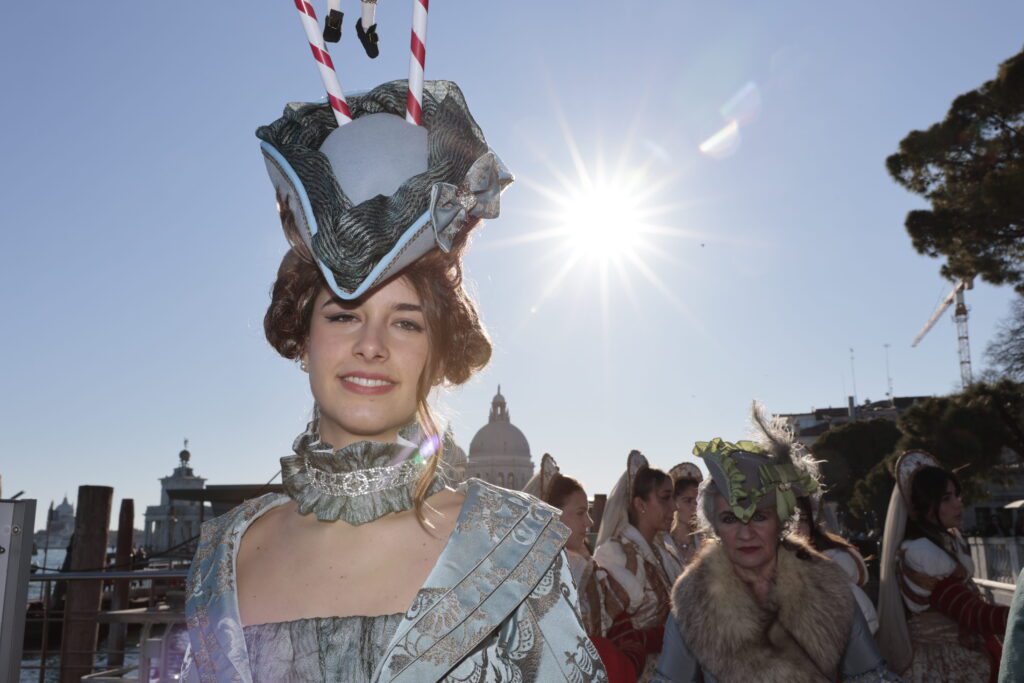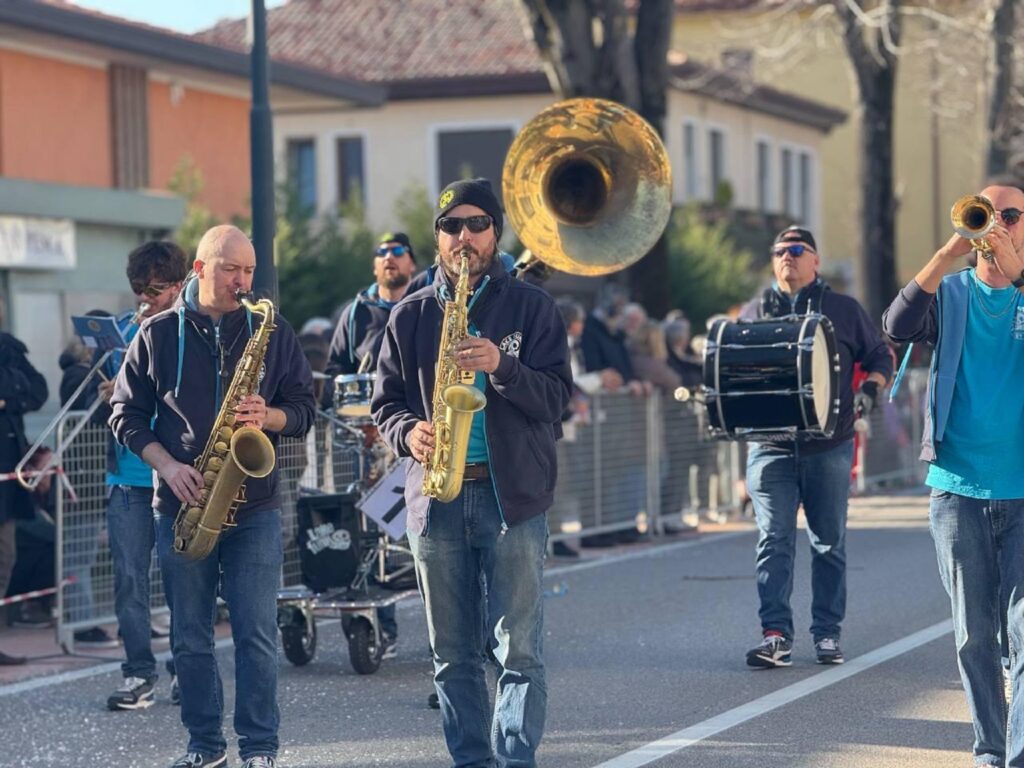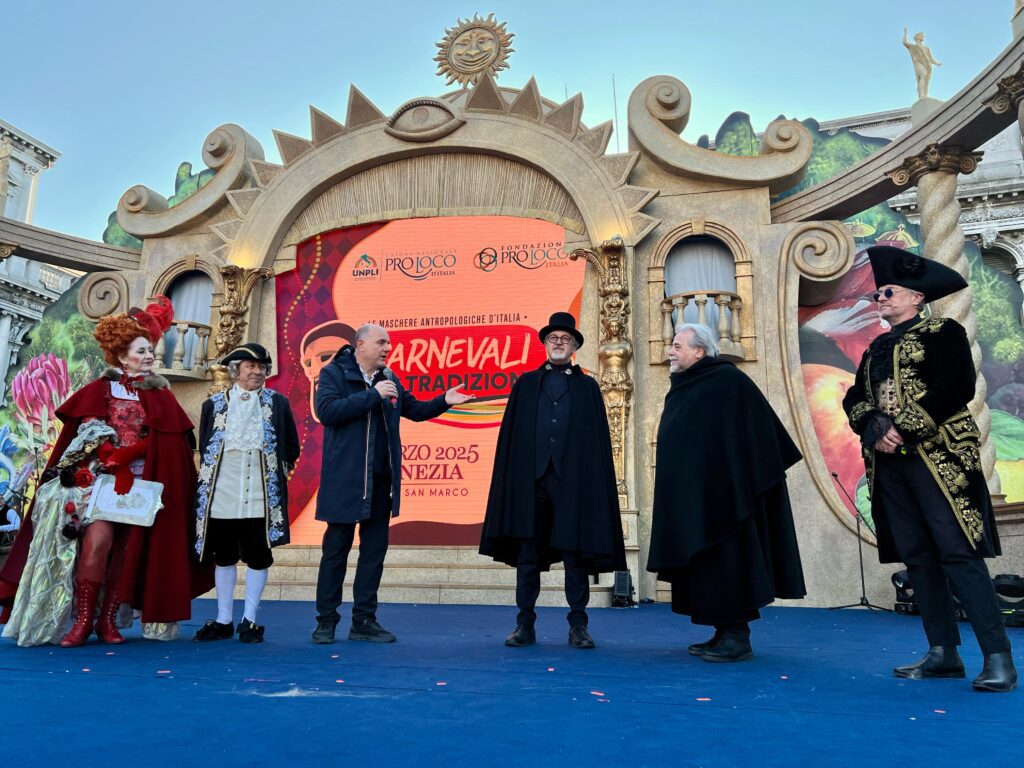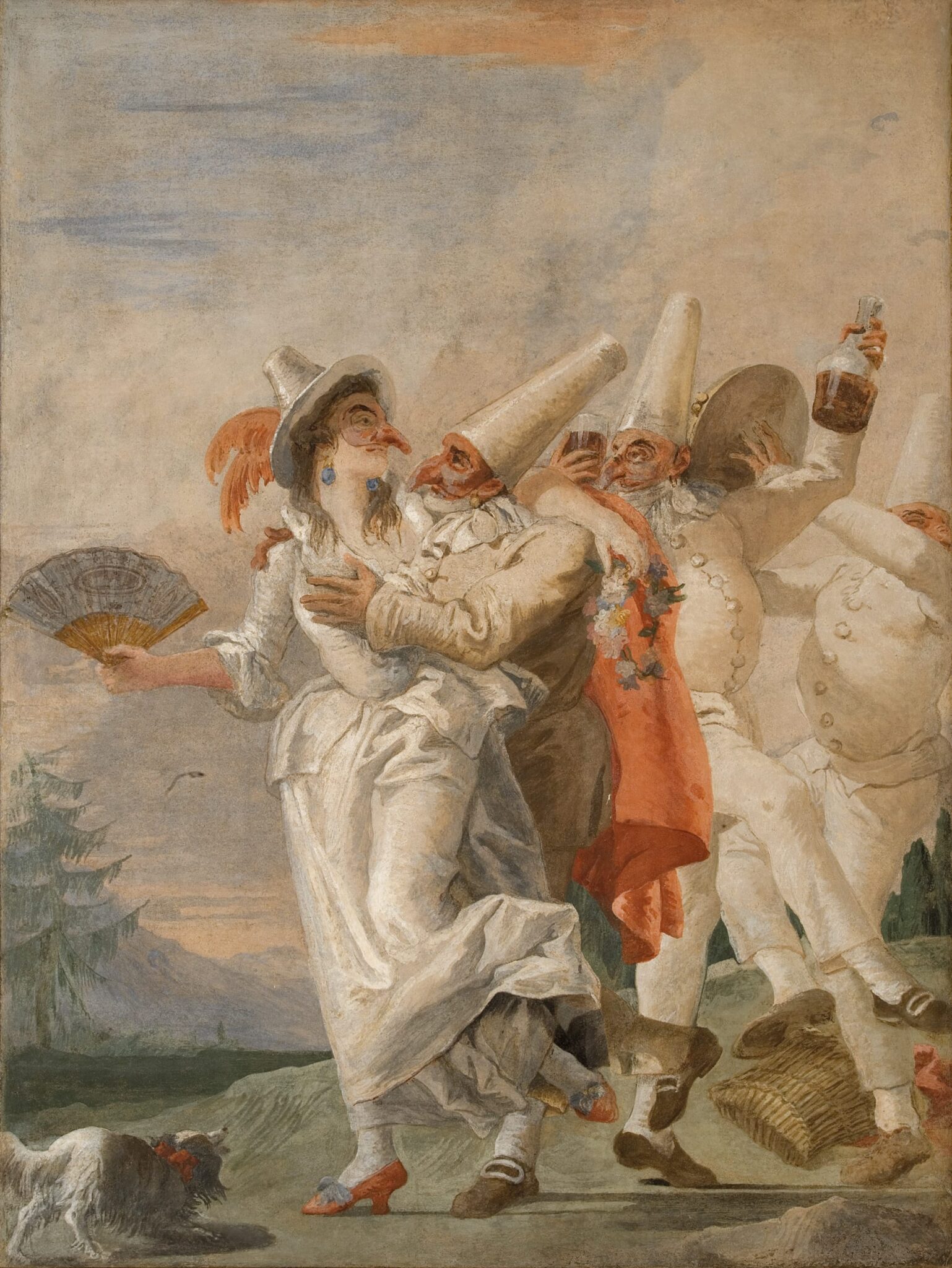‘Don Quijote de la Mancha’ or rather ‘The world is awesome as I see it’
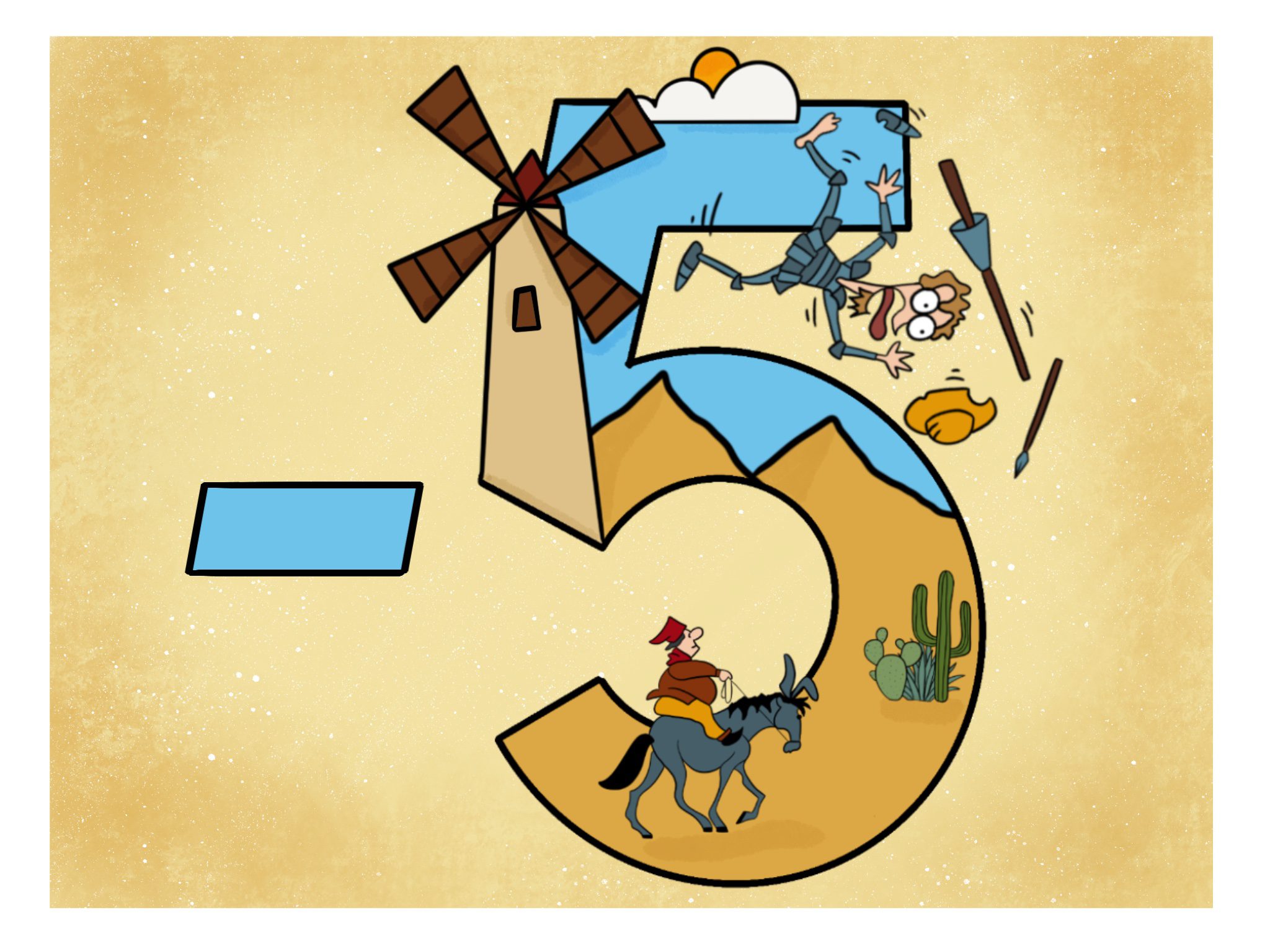
‘Don Quijote de la Mancha’ or rather ‘The world is awesome as I see it’
Have you ever confused a windmill for a giant? Or a flock of sheep for an enemy army? Or a monk for a wizard? These are not properly common mistakes. But if you spoke just five minutes with Don Quijote de la Mancha, after all this wouldn’t seem so strange, in comparison with that figure.
It’s a literature’s character, born from the mind of Miguel de Cèrvantes (1547-1616) that fascinated centuries of readers and commentators, and very important. We can say it. We all saw an illustration on the elementary school’s books or one of the many comics which shows us an amusing knight that ties to kill a windmill. E we all laughed of it. Who wouldn’t do it? But the mad Don Quijote de la Mancha (because certainly is a mad) has a deeper meaning.
His folly is not a simple loss of sense, due to which the person in no more able to understand nothing, behaving like an angry animal (like the Furious Orlando would do). The mind of Don Quijote exist and acts, but interpreting the world as he wish following his most extreme fantasies e moving like a knight in one of the many chivalric poems that since always fascinated people. What mad Quijote does is a consequence of what he did when he was sane. Before he was a penniless noble who largely liked chivalric novels and spent days and days reading them. People tries to pull him back to reality, but his mind follow the totally opposite direction . The noble became, by his believing a satyric travelling knight and armed with the firsts things he find, riding a skinny horse, he leave to the adventure, with his chubby servant Sancho Panza, that follows him loyally riding a donkey. As we said before he will charge windmills, believing they’re many-arms-giants. He will wrangle with two monks believing them to be evil wizards that raped a princess. He tried to kill a flock of sheep, believing to facing a Saracen army, as in the ninth century, nearly being killed by the shepherds.
Don Quijote’s folly is a deep desire concerning all of us. That of not resigning yourself to sad, dull and boring, characterized by ineptitude and irrelevance. Why should I be a noble without money and honour, with a land that costs more than what it gives me, in a Spanish town in the middle of nowhere with barely a barber with whom you discuss about books, rather than being a marvellous knight that kills monsters, faces enemies and saves princesses? Admit it. If we’ve been asked to choose between the two options, all of us would like to be Don Quijote.
Madness is a way to react to the society, and to changes that take away from us certainties.
Furthermore if we consider that when Cèrvantes wrote this novel, in the late sixteenth century, science had just said that the earth, which for two thousands and five hundreds has officially and undoubtedly fixed and stable point of universe, now was moving in the space and very fast, well it would seem natural think ‘if yesterday the earth was fixed and today is moving, why what I always believed to be a windmill shouldn’t be the mythological giant Briareo?’.
Don Quijote represents all of us, that in way or another try to bear at the best we can changes that always come.
Also love that Don Quijote looks for is something ideal. He doesn’t want to fall in love with a farmer, his neighbour with no name nor story. Exactly in the same way in which all of us would like to be in a scene of ‘Notting Hill’ and falling in love with Julia Roberts, Don Quijote wants to win the hand of Dulcinea de Toboso, a lady like Guinevere or Angelica.
Did you know that Miguel de Cèrvantes’ masterpiece is considered the most important literature’s work ever written in Spanish? And, today, thanks to Don Quijote to him is dedicated the institute for the safeguard of the language. The prestigious Norwegian Book club has defined it ‘the greatest literary work ever written’.
